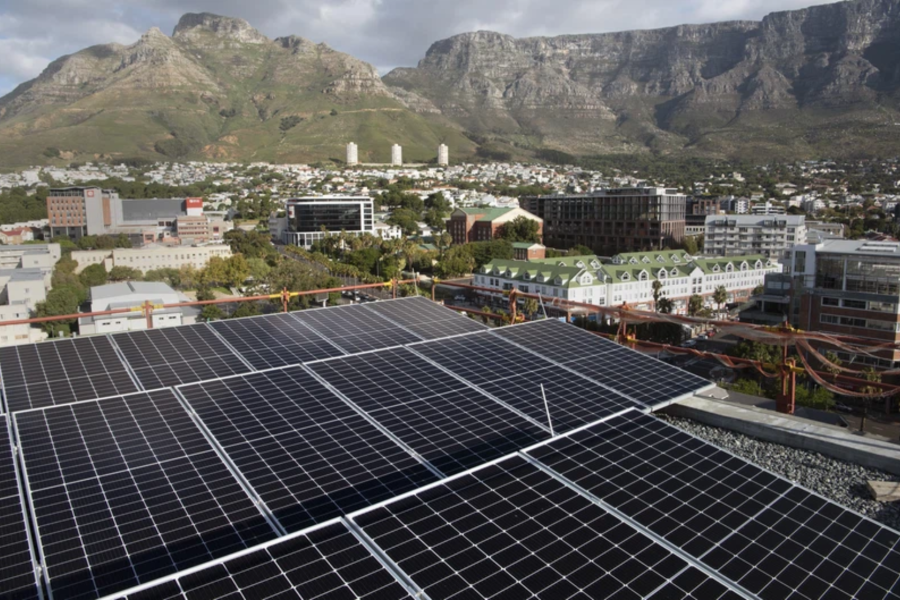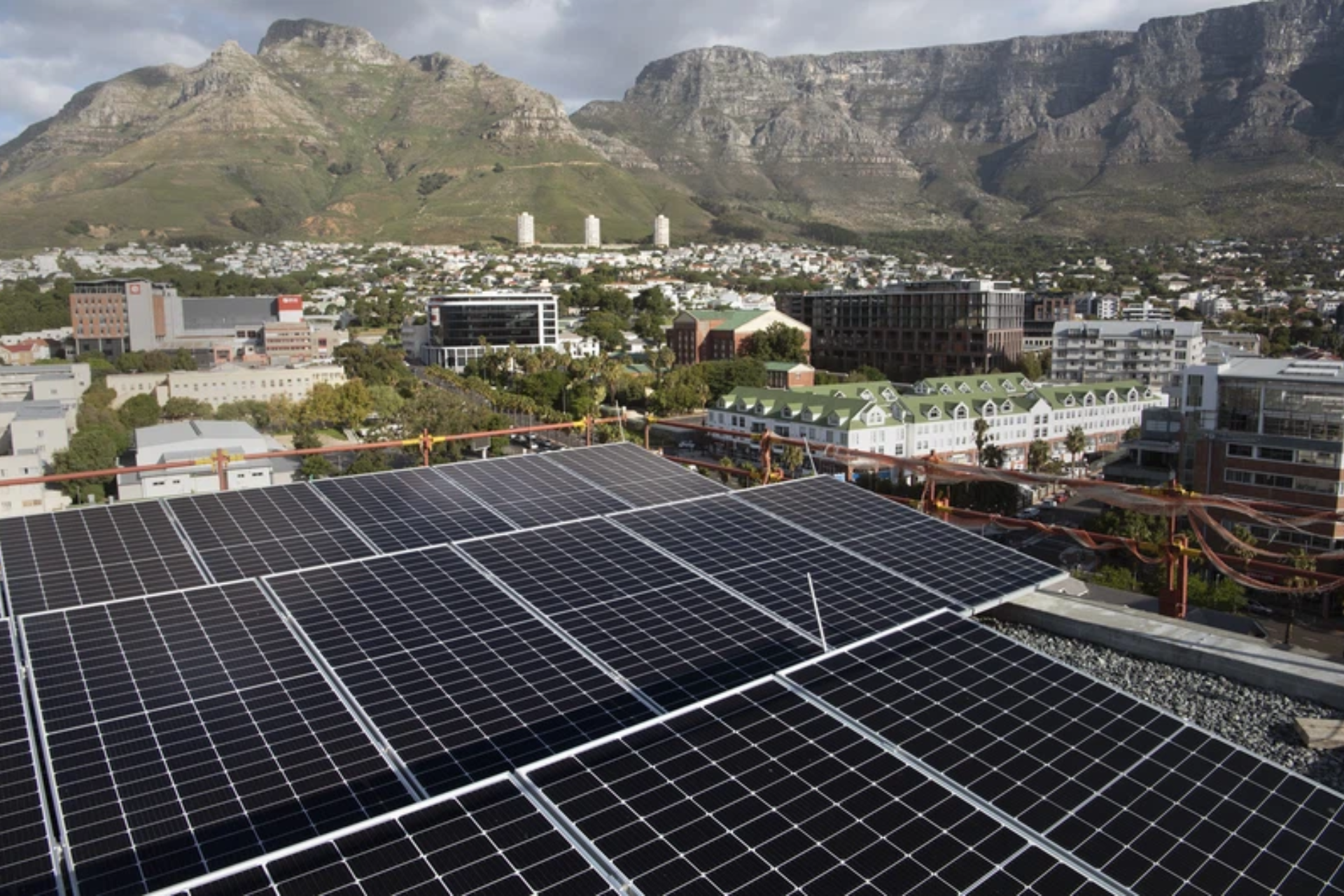
Load shedding: SA scores low on global green energy report
South Africa, the second-largest economy in Africa, ranked 82 out of 120 countries on the Index for 2023. SA has improved its overall ETI score by 6% since 2014, however, energy transition remains an uphill battle. ALSO READ: Solar: SA businesses can eliminate five stages of load shedding South Africa’s system performance scores have improved, supported by better […]

South Africa, the second-largest economy in Africa, ranked 82 out of 120 countries on the Index for 2023. SA has improved its overall ETI score by 6% since 2014, however, energy transition remains an uphill battle.
ALSO READ: Solar: SA businesses can eliminate five stages of load shedding
South Africa’s system performance scores have improved, supported by better performance in things like energy access and clean cooking fuels.
SA’S RELIANCE ON COAL
While the share of renewable energy has increased over the past 10 years, SA still derives about 70% of its electricity from coal. The carbon intensity of the energy mix remains high, and clean sources only constitute around 13% of the total energy mix.
South Africa is making strides in its clean energy transition with a commitment to net-zero emissions by 2050 and launching the Just Energy Transition Investment Plan (JET IP) at COP 27.
ALSO READ: Knysna residents face a day without power
JET IP outlines investments of $98 billion over the next five years for decarbonisation and sustainable development, including areas like electricity, new energy vehicles and green hydrogen. The plan also aims to ensure a fair transition for affected workers and communities.
GREEN ENERGY TO END LOAD SHEDDING?
The report also noted South Africa’s capacity gaps, where debt and mismanagement have rendered the national power utility Eskom vulnerable, and the resultant load shedding, frequent electricity blackouts and lack of affordable and secure power.
Yet, President Cyril Ramaphosa is confident that the JET could ultimately end load shedding.
ALSO READ: Load shedding: What it costs to protect your appliances and gadgets
“With improved funding for our just energy transition, we will be able to invest substantially in strengthening our electricity grid and new renewable energy generation,” he wrote in his weekly newsletter on Monday, after attending a global summit in Paris on financing development and climate action in developing economies.
“This will make a significant contribution to ending load shedding and securing a reliable and affordable supply of electricity. This will, in turn, promote economic growth, make our exports more competitive and create employment.”
ALSO READ: ‘Higher loadshedding stages won’t increase blackout risk’
SUB-SAHARAN AFRICA’S SCORES
According to the Index, Sub-Saharan Africa’s transition growth of 11% has been one of the most promising in the last decade, and it is the strongest performer of all groups on the sustainable dimension.
On certain parameters, such as scores for regulatory indicators for sustainable energy (RISE), creation of green jobs and regulation and political commitment, it was also the best performer.
